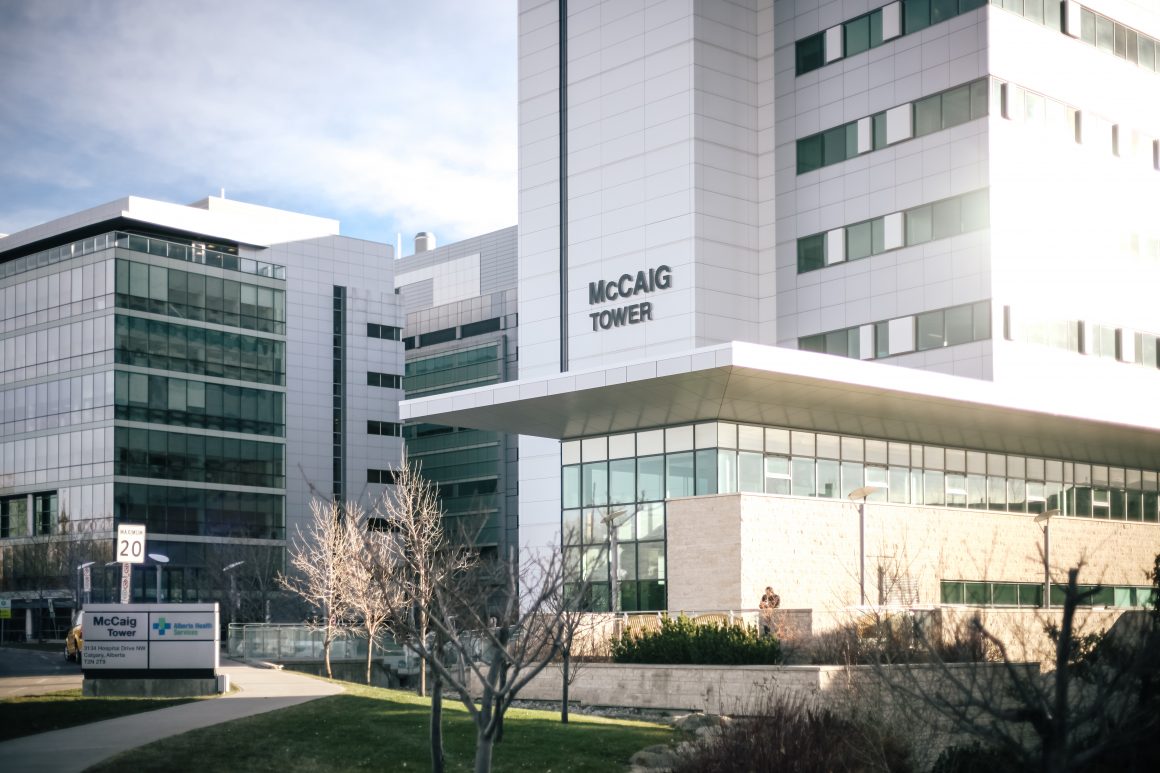
University researchers identify kidney injury risk in medical procedures
By Ava Zardynezhad, November 22 2018 —
A team of University of Calgary researchers recently discovered a series of pathways in the kidney through which contrast dyes are absorbed, which sometimes leads to kidney damage in individuals. Contrast dyes are often used in medical procedures such as angiography.
Contrast agents are used to help identify areas of significance from the tissues that surround it. In the case of Sam Hannon, it was used to distinguish his blood vessels for an angiogram after he had a heart attack. Hannon is “a human example of the disease we were modeling in mice,” explained Daniel Muruve, a kidney specialist and a member of the Snyder Institute for Chronic Diseases at the Cumming School of Medicine.
“When people are dehydrated, the dye accumulates in the kidney and that plays a role in promoting kidney damage,” Muruve said.
However, the dye also induces an inflammatory response when absorbed in dehydrated tissues in the kidney through various pathways, which contributes to kidney injury. The team was able to visualize the progression of the dye through mouse kidney tissue in real time using specialized microscopes. The team detected some of the same markers in a study that tested human urine samples in patients exposed to contrast dyes.
“What’s interesting about this paper was that we were able to visualize things in the kidney that for many years were simply assumed to be true,” Muruve said. “I think what was great about this research is that we finally confirmed what a lot of us believed by seeing it happen.”
Approximately 10 per cent of the patients who undergo procedures involving contrast dyes are at risk of acute kidney injury, according to Muruve.
“People who are at risk are people who have diabetes, or chronic kidney disease,” he added.
Fortunately, this form of acute kidney injury is almost completely preventable with proper hydration. But for patients with heart or kidney failure, as well as in emergency cases, immediate hydration is not a viable option.
The good news? This research has shown that drug intervention is a possible treatment for patients who cannot undergo immediate hydration, according to Muruve.
Other members of the Cumming School of Medicine, as well as the Snyder Institute for Chronic Disease also played a part in this project. Matthew James is one such researcher, whose work is centred in medicine and community health sciences. Bryan Ma, a third-year bioscience student at the U of C and a long-time student contributor in James’ laboratory, shared his experience working in the laboratory as a summer student and his opinions on the importance of this research and precision medicine.
According to Ma, his interest lies in “the idea of precision medicine for individual groups, so tailoring health care as much as we can to each individual person.” He is a strong believer in this project as he believes that social, economic and individual impacts of this preventable health issue are burdensome.
“The cost associated [with this health issue] is really high for the Albertan health care system,” Ma said. “[The cost] is also really high on people who go through this because while a large number will have mild kidney damage, some will progress to dialysis,” which he describes as both a time- and money-consuming process.
Ma believes this research can be implemented in other regions of the health care system. He sees a future in taking similar ideas of precision medicine with electronic tools and implementing them into other areas of clinical medicine. He also hopes this research can be used to relay important information to physicians more
effectively.
